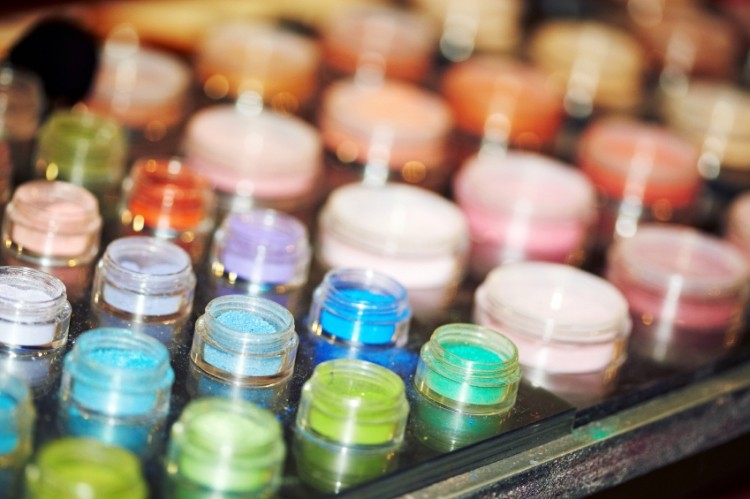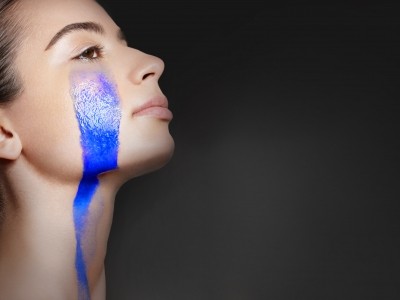Biomimetics: tarantula inspires new nanostructure colours

A team of scientists from the Karlsruhe Institute of Technology (KIT), along with international colleagues, has developed a way of recreating the nanostructures in the blue tarantula, which make reflected light waves overlap and so produce these particular colours.
Nanostructures produce more vibrant colours than traditional pigments, according to CE Magazine, which reported the research, meaning they could replace traditional pigment colouring in the cosmetics industry.
Nanostructure colours: the benefits
According to the researchers, structural colours are non-toxic, more vibrant and durable, all of which put them ahead of traditional pigments.
However, to date, the problem with structural colours in industrial production has been that they are strongly iridescent, meaning the colour changes depending on the angle from which it is viewed.
Radwanul Hasan Siddique, researcher at KIT in collaboration with scientists from the U.S. and Belgium, explained that by studying the blue tarantula, his team has been able to develop a new way of replicating nanostructures that maintains a consistent colour from wherever it’s viewed.
"This could be a key first step towards a future where structural colorants replace the toxic pigments currently used in textile, packaging, and cosmetic industries," Siddique, who now works at the California Institute of Technology, said in the CE Magazine report.
How does it work?
The researchers found that blue tarantula does not exhibit iridescence in spite of periodic structures on its hairs, and worked to replicate this function.
According to the report, their model was achieved in the following process:
- They found that the hairs on the tarantula have a multi-layered, flower-like structure.
- Then, the researchers analyzed its reflection behavior using computer simulations.
- Alongside this, they built models of these structures using nano-3D printers and optimized the models with the help of the simulations.
- Finally, they produced a flower-like structure that generates the same color over a viewing angle of 160 degrees.
While the result is the largest viewing angle of any synthetic structural color reached so far, the technology is held back by the lack of widespread nano-3D printing.
















